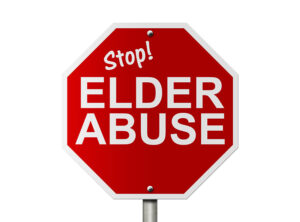Menu
Close
- Programs & Services
Not sure what services you need or where to start?
- Join Our Team
- News
- About Us
- Resources & Forms
- English
- Programs & Services
Not sure what services you need or where to start?
- Join Our Team
- News
- About Us
- Resources & Forms
- English


 Introduction:
Introduction:
